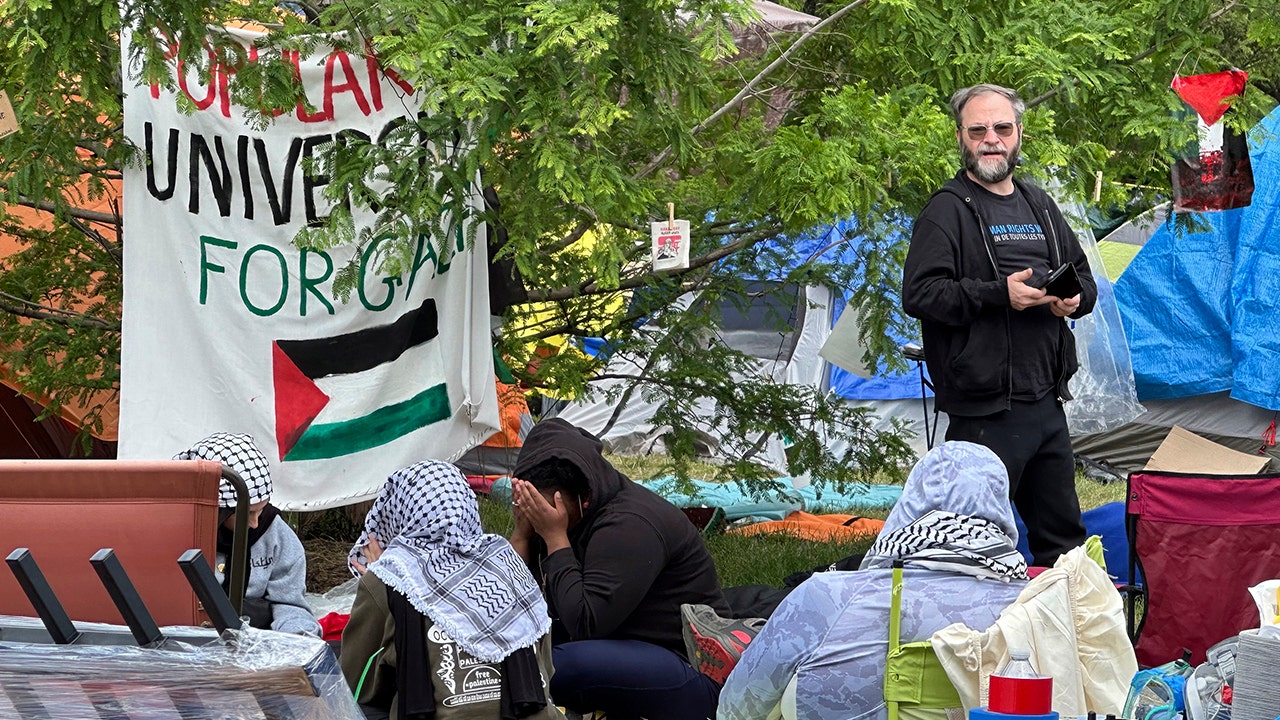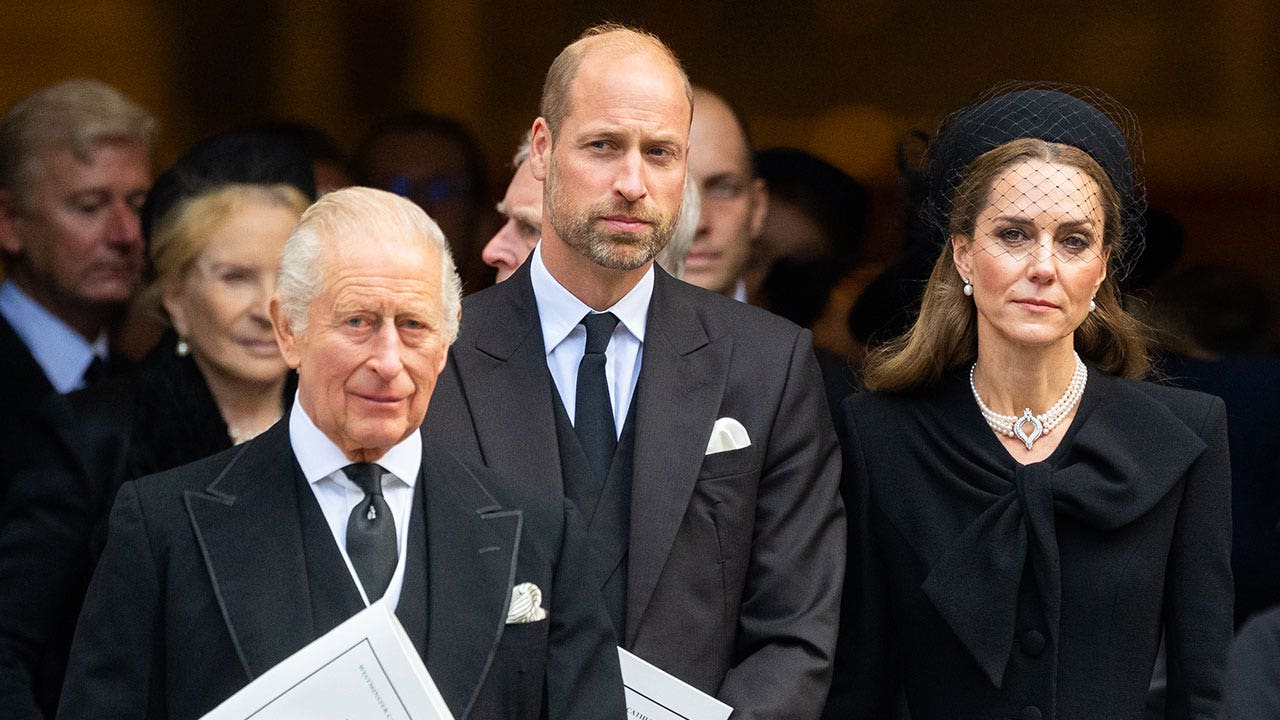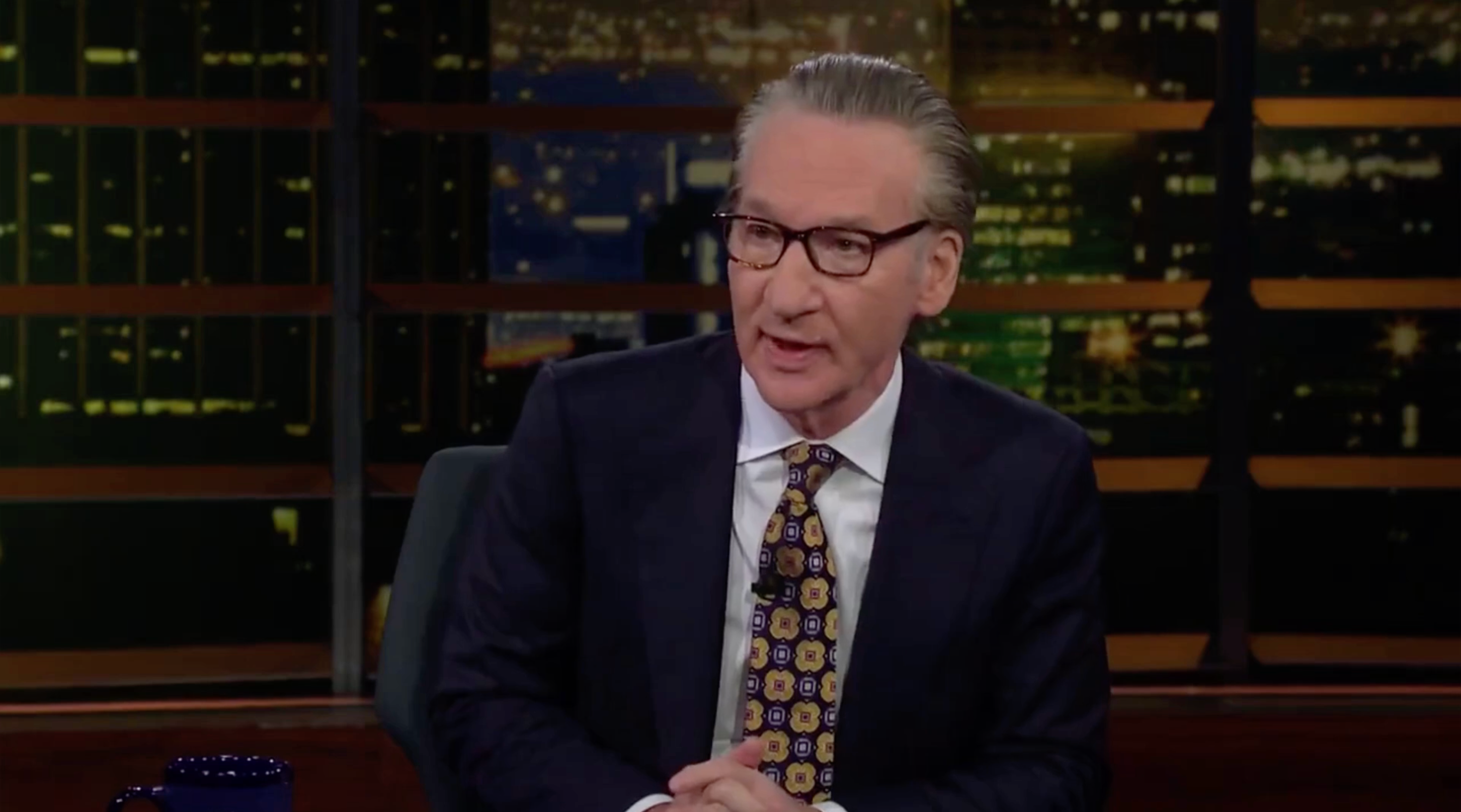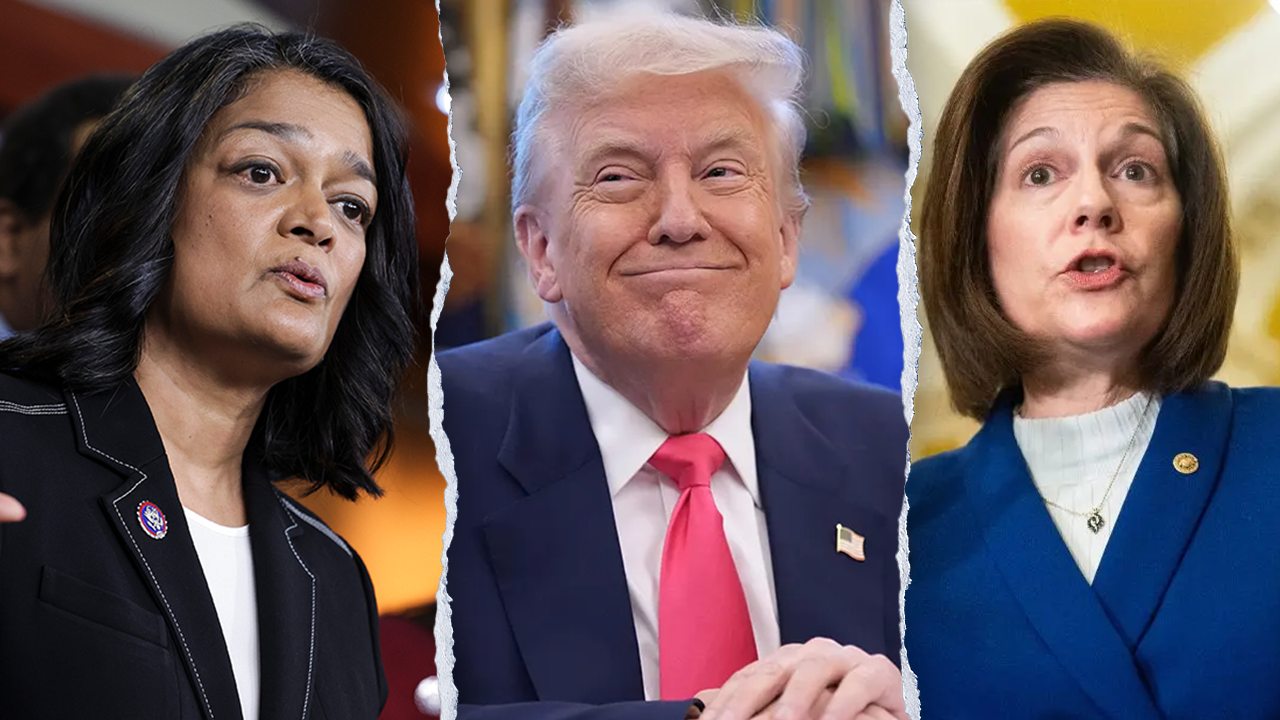WWII doc explores ‘Atomic Echoes’ for US veterans, Japanese survivors
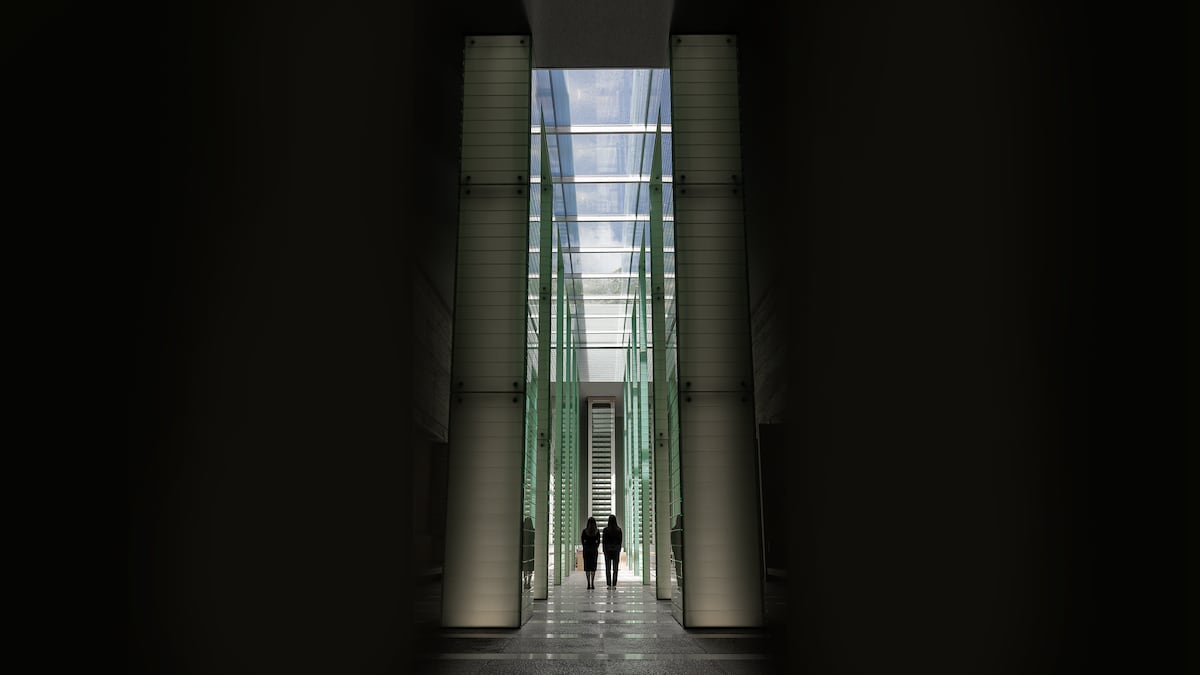
Michas Ohnstad and Archie Moczygemba were 19 and 18 years old, respectively, when they first stepped foot on Japanese soil. For both of them, it looked like the world was on fire. And it was.
They were just two of the 67,000 American soldiers and Marines to witness the aftermath of the atomic bombings in Hiroshima and Nagasaki.
Today, there are fewer than a handful of “atomic veterans” still living, and the memories of the subsequent historic and horrifying days following the dropping of the bombs will soon be forever lost.
Two friends, however, Karin Tanabe and Victoria Kelly, are working to make the surviving voices heard.
Their documentary “Atomic Echoes” follows the pair and their disparate stories that lead back to August 1945.
Tanabe recounted that her father’s first memory is running into the ocean at 2 years old to escape the American firebombing campaign against Tokyo.
Her great-great-uncle, Tatsuo Morito, became the first post-war president of Hiroshima University. His mission, according to Tanabe, was “peace through education.”
It is with that message that “Atomic Echoes” goes forth, showcasing survivors on both sides of the Pacific — the “hibakusha,” the estimated 650,000 Japanese survivors of the bombings, and the “atomic veterans” who responded in the immediate aftermath of the bombings.
As “Atomic Echoes” highlights, the ramifications regarding the actions on Aug. 6, 1945, and Aug. 9, 1945, are still an ongoing process, even 80 years later.
“War is hell,” Ohnstad states in the documentary as he wipes tears from his eyes. “And I can’t improve on that.”
Like Tanabe, Kelly’s links to the war are personal as well. Her grandfather, Carmine Gerardi, entered Nagasaki 45 days after the second atomic bomb exploded over the city.
“My grandfather died when my mom was 13, and she said he never talked about the war. He did, however, very clearly have PTSD, which they didn’t really recognize back then,” Kelly told Military Times in a recent interview.
“They used to live in Brooklyn, and he couldn’t handle the crowds on the subway. When my mom was, I believe it was six or seven, she actually remembers him coming home from the subway after trying to get to work and turning to my grandma and said, ‘I can’t do it.’ So they bought a house in rural New Jersey.”
The film does not focus on the question of “what if” or whether the U.S. should have dropped the bomb, rather it highlights the lasting effects of the weapon on the men, women and children who were on the ground.
“[Ohnstad] had the most trauma because he was with the group of doctors doing all the autopsies of the people who died in Japan,” Kelly said. “He probably witnessed hundreds, if not more, autopsies, and examined the survivors. So he was really seeing the worst of it.”
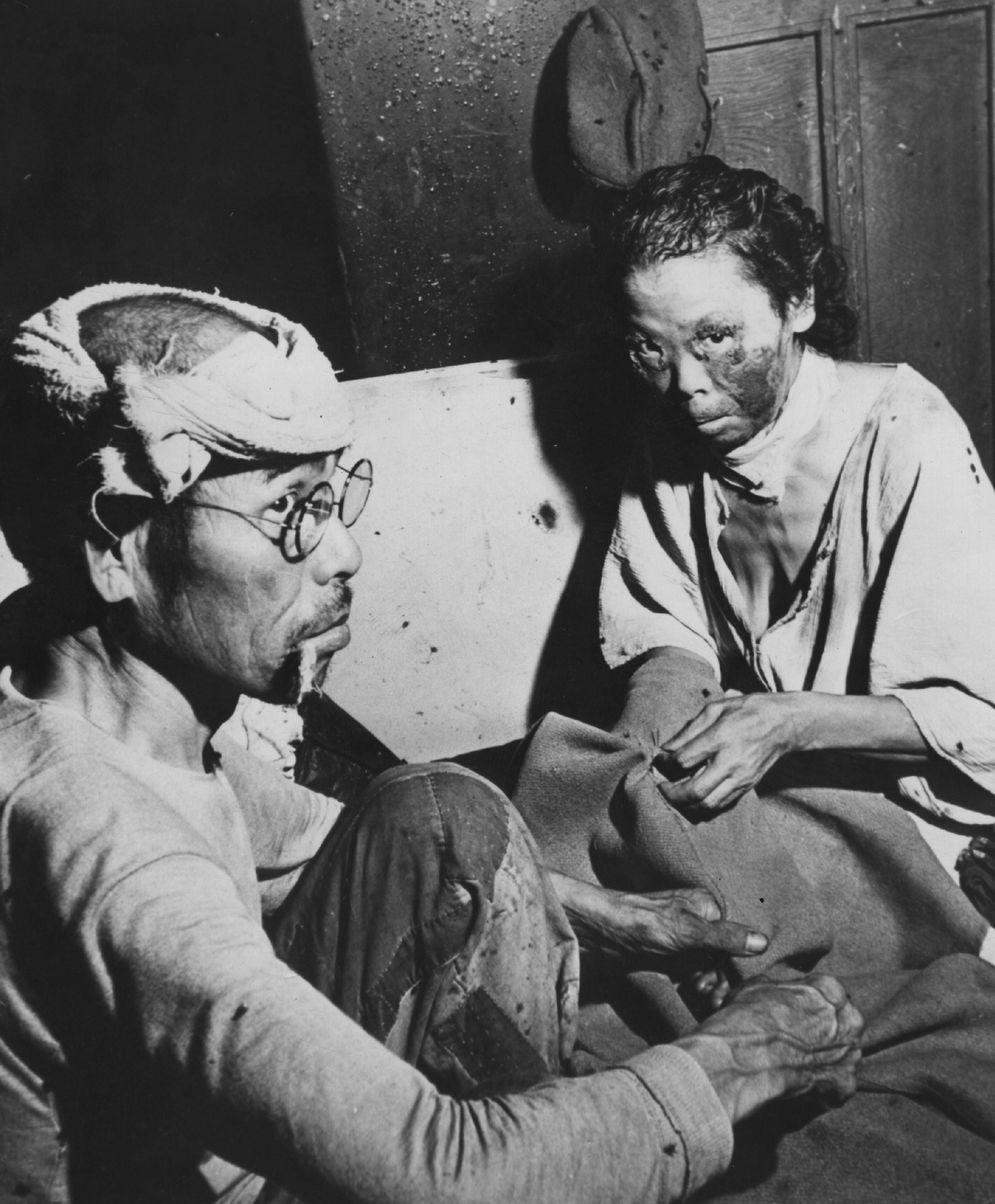
Another survivor, an unnamed 76-year-old Japanese woman, was diagnosed with leukemia 50 years after the bomb. Her doctor, renowned physician Masao Tomonaga, recounted in the film that she told him, “I have long been thinking in my body, [the] atomic bomb is hiding.”
The evidence of Tatsuo’s mantra, peace through education, is clearly at play throughout “Atomic Echoes,” a fact Kelly readily acknowledges.
“One of our big messages as we talk about the film is that there really isn’t enough education around the human stories behind the bomb,” she said.
“Everybody, when they think of the bomb, they think of the mushroom cloud. A lot of people have heard of the stories about the pilots who dropped it, but within the educational system there’s not a lot of emphasis. So that was one of the really important things with the film — we wanted to show images of survivors.”
“Atomic Echoes” is now available to stream on PBS.
Claire Barrett is the Strategic Operations Editor for Sightline Media and a World War II researcher with an unparalleled affinity for Sir Winston Churchill and Michigan football.
Read the full article here





